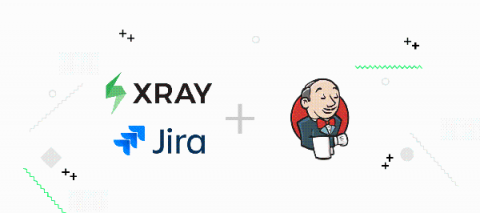The top 5 software testing trends of 2021
2020 challenged all of us. Remote work forced many companies to rethink their QA processes and the tools and methods they use for software testing. Consumers and customers continued to expect high-quality products, and software development teams needed to maintain their pace of delivery and even speed up in order to stay competitive.









